Tanzania Photo Safaris
Experience incredible moments in nature and take them home on your camera
5 STAR RATED TOUR OPERATOR IN TANZANIA READ OUR REVIEWS ★★★★★
WIDE HORIZONS, MAGICAL COLOURS AND FASCINATING WILDLIFE CREATE THE PERFECT NATURE PHOTOGRAPHY DESTINATION
Tanzania’s varied landscapes and rich wildlife make it a photographer’s paradise. Imagine capturing the golden light that stretches across the plains, highlighting the sparkle in the animals’ eyes. Freeze a moment in time as cheetahs stealthily pursue a gazelle on the Serengeti’s short grass, or a lioness reunites with her cubs after a successful hunt. How can you turn this vision into reality? With a private safari in a custom 4×4 Land Cruiser and an expert guide who knows exactly where and when to get you the perfect shot. We’ve got everything you need!



Who should go
Nature and landscape photographers wanting to tell stories with their photos
If you have a passion for photographing wildlife, cultures, landscapes, and even the night sky you will find everything you are looking for in Tanzania. However, there is much more here for photographers to enjoy. They say a picture can tell a thousand words and this is where the magic of photography comes alive – the quest to capture a single moment that depicts a whole story. This is what makes Tanzania special. The unique cultures, predator-prey interactions and dramatic landscapes combine to allow you to capture that perfect storytelling photo. Those wanting to wait for these perfect moments without worrying about other vehicle companions will appreciate our private vehicles and guides.
- Safari Lovers
- Photographers
- Nature Lovers
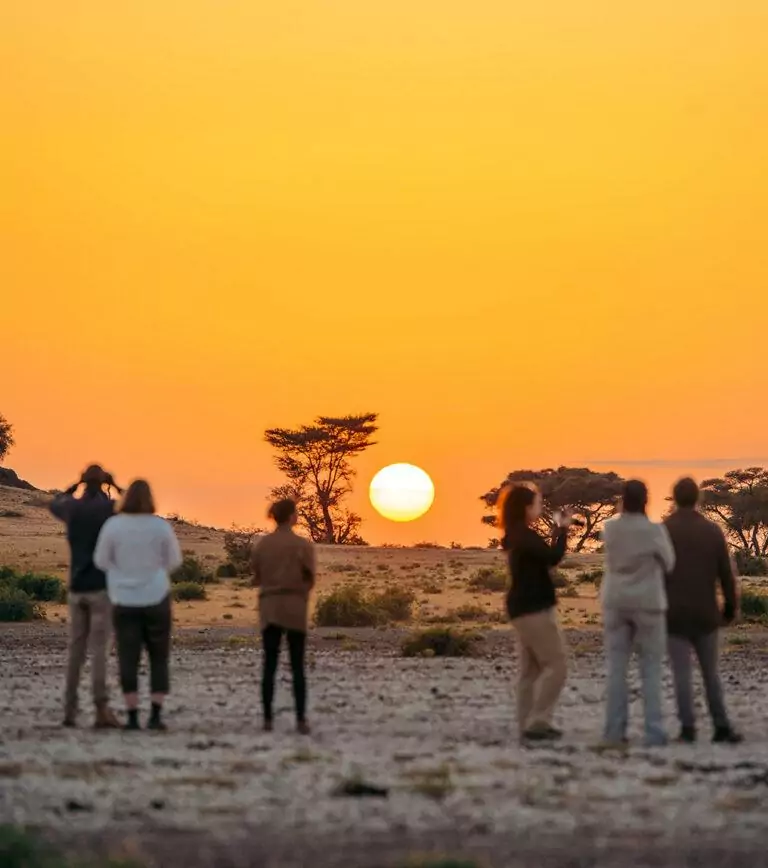

WHERE TO EXPERIENCE IT
TWO TIPS FOR WILDLIFE & LANDSCAPE PHOTOGRAPHY IN TANZANIA
Composing beautiful photos is easier to achieve in some national parks than in others. That’s why, we have two tips on where to go and when for successful Tanzania photo safaris. Firstly, for wildlife photography, choose the Southern or Western Circuit during the dry season. Wildlife congregates near water sources making them easier to spot. Fewer visitors reduce the risk of human-cluttered photos. Secondly, for landscape photography, choose the Northern Circuit during or after the rainy seasons. The air is dust-free with beautiful cloud formations, emerging wildflowers, and green growth that contrasts beautifully with the blue expansive sky, mountains, volcanic craters, and acacia-dotted savannahs.
WHEN TO GO
The dry season is the best time for wildlife photography, whilst landscape photography is at its best during or after the rains. For those hoping to photograph the night sky the cloudless dry season is the time for you. We recommend avoiding the most popular parks during the most popular travel time. Instead, travel to niche parks or during the low and shoulder season. You will have equally exciting wildlife sightings without humans and vehicles disturbing your perfect shot.
Dry Season
June until OctoberBest time for wildlife and night-sky photography
Tanzania’s main dry season is from June to October. Depending on your location the temperatures range from 20°C (68°F) to 30°C (86°F). Humidity levels are low with minimal chance of rain. It can be very cold in the mornings and evenings when the light is at its best, so remember to pack warm clothes. The second dry season from January to February is wedged between two rainy seasons and the landscapes can be beautifully green.
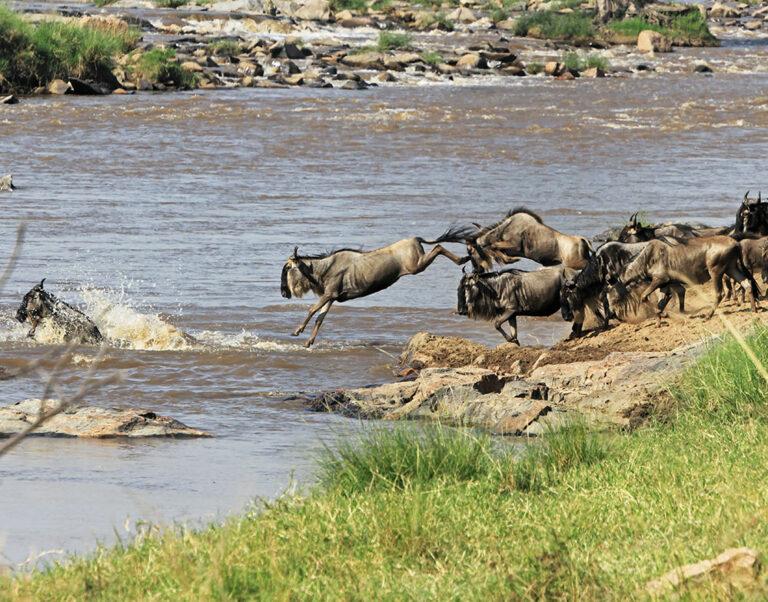
Rainy Season

March until MayIdeal for dramatic landscape photography
The long rains occur from March to May when heavy moist air is brought inland by the trade winds. Heavy daily rain with landscape-crossing thunderstorms creates dramatic contrasting light and colours. It is the low season and some areas on the Southern and Westerly Circuit may not be accessible. The short rains are less predictable and occur from November to December in short bursts. These are both great periods for landscape photography.
YOUR ONE IN A MILLION PICTURE
On private Tanzania photo safaris, you get to pick what to photograph, when, where and if you want to wait all day for that perfect moment, then that is up to you. We help you to plan every little detail and provide you with an adapted 4×4 and guides who know how to get you into the right place at the right time.
SLEEP WHERE THE WILDLIFE SLEEPS
We recommend staying within the national parks, where your accommodation is close to wildlife. This allows you to begin early morning game drives with minimal travel, capturing the beauty of sunrise immediately. In the evenings, you can also make the most of the golden hour. Some camps even offer photography hides for better shots. Our Mobile Explorer Camp, equipped with all the comforts of home, provides an excellent way to access remote areas for wildlife photography. You’ll stay at private campsites inside the parks, giving you the chance for dusk, dawn, and even nighttime photography!
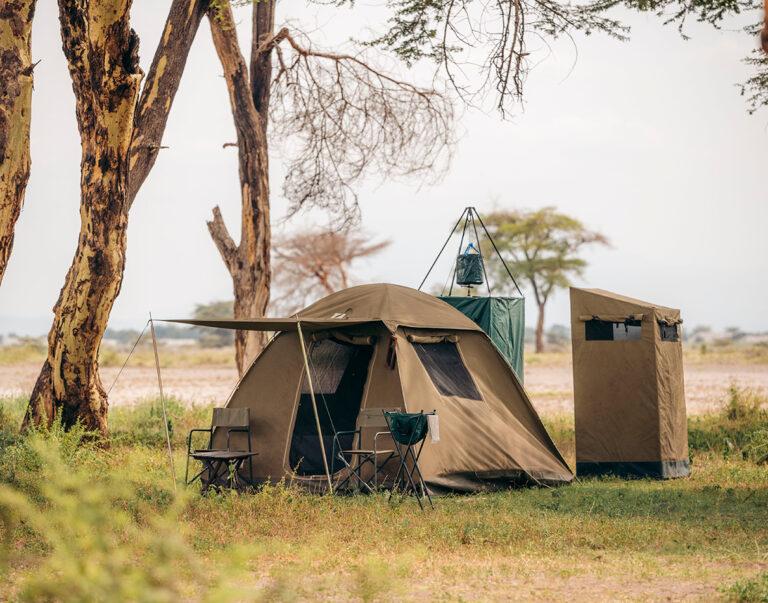
Mobile Explore Camp

Sanctuary Swala Camp
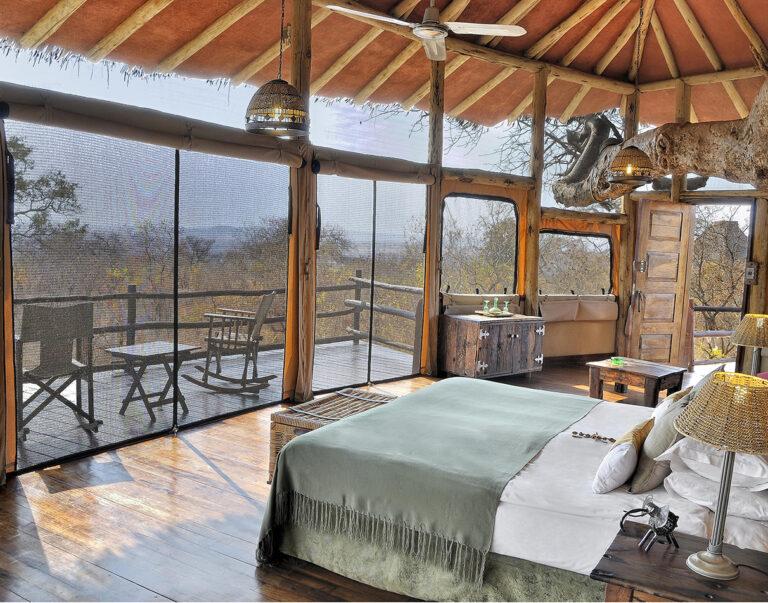
Tarangire Treetops
Highlights of a photo safari in Tanzania
What to expect on Tanzania photography safaris
The best photography safari in Tanzania is a private experience in an adapted 4×4. Get the most out of your safari by choosing a set of photography goals and travelling with our experienced guides who know how to get you to the right places to realise your photographic bucket list.
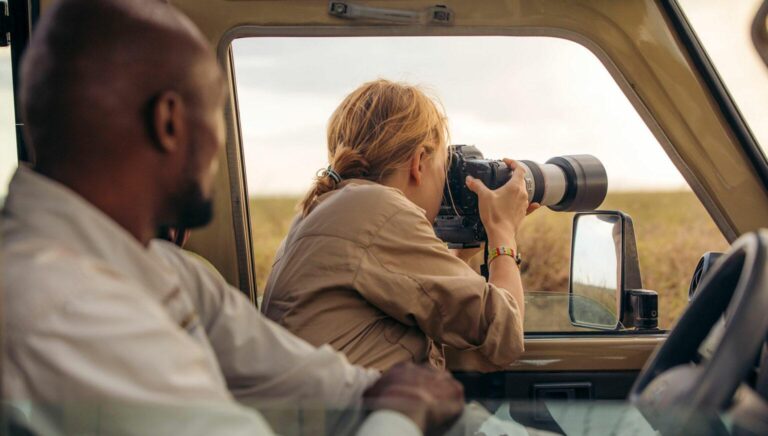
What to see on photo safaris in Tanzania
Here are some themes to consider on your photo safari in Tanzania:
Landscape photography
Tanzania boasts some of the most stunning landscapes in the world. The striking red waters of Lake Natron and the towering Ol Doinyo Lengai volcano provide breathtaking opportunities for landscape photography. Ngorongoro Crater, with the world’s largest unbroken caldera, is equally awe-inspiring. Mkomazi National Park offers fantastic views of Mount Kilimanjaro, while Ruaha National Park is known for its massive and ancient baobab trees. Kilimanjaro National Park features five unique vegetation zones, and at Saadani National Park, the savannah seamlessly merges with the coastline.
Wildlife Photography
For outstanding wildlife photography with fewer crowds, head to Ruaha National Park and Nyerere National Park & Selous Game Reserve in the Southern Circuit. These parks form a massive ecosystem, home to abundant wildlife, including the Big Five. At Gombe Stream National Park, you’ll have the chance to get up close to chimpanzees and other primates.
Bird Photography:
Tarangire National Park provides excellent opportunities for bird photography, especially during the dry season, as does Mahale Mountains National Park along the white shores of Lake Tanganyika.
Urban Photography:
Tanzania’s rich and complex history, shaped by the trade of enslaved people, ivory, and spices, is visible throughout the country. In Stone Town, Zanzibar, traces of this history are found in every corner. The warm light on the unique Islamic-influenced stone buildings, paired with the vibrant colors of the locals’ clothing, creates stunning urban photography opportunities.
Equipment and Facilities for Photography Safaris in Tanzania:
Having the right vehicle is crucial for a successful private photography safari. Our vehicles are equipped with roof hatches, allowing you to stand and enjoy an unobstructed view, ensuring you never miss moments like a cheetah in pursuit. Each vehicle also has USB ports for charging extra batteries.
Our expert guides, with years of experience, know the parks inside out and can get you to the best spots at the perfect time to capture the animals on your bucket list.
Since safaris are often dusty, we recommend bringing multiple camera bodies to avoid lens changes and using dry bags to protect your equipment from dust.
How to Plan a Photography Safari:
The best wildlife photography often happens at ground level, though this comes with safety concerns. However, you can still capture stunning shots by opting for:
Accommodations with photography hides: These are placed near waterholes and rivers, allowing for eye-level shots as animals come to drink.
Guided walking safaris: This is where ground-level photography truly shines. You can capture fine details like a dung beetle rolling its ball while zebras blur in the background.
Guided boat safaris: Perfect for river wildlife photography, with Nyerere National Park being a top spot. At Saadani National Park, a boat safari lets you photograph the transition from beach to mangroves and vast plains.
Other Top Tips Include Choosing:
Key natural events: Plan your visit during spectacular wildlife moments, such as the wildebeest migration in Serengeti from June to October or the calving season from January to February. From September to May, witness around 5 million flamingos at Lake Natron. At Katavi National Park during the dry season, observe hundreds of hippos packed into muddy pools and crocodiles hiding in river caves. Tarangire National Park offers a mini wildebeest migration along with large elephant herds.
Unique locations: Visit Udzungwa Mountain National Park, accessible only on foot, for stunning forest photography, sweeping landscapes, and waterfalls. Or, explore Arusha National Park, where you can capture photos of hippos from a canoe on Lake Momella with Mount Kilimanjaro in the background.
Conservation-focused parks: Mkomazi National Park is a conservation success story where Wild Dogs and Black Rhinos have been reintroduced.
Shoulder seasons: Opt for the shoulder seasons between high and low tourist times to enjoy fewer visitors and a more peaceful experience in the parks.
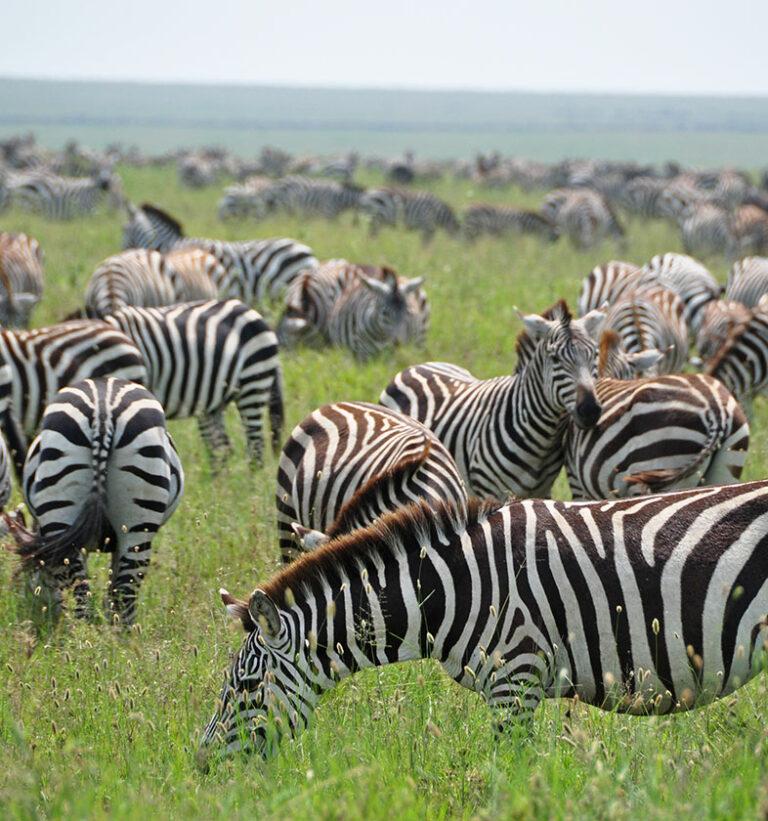
Large windows, popup roof and USB ports to keep you going.
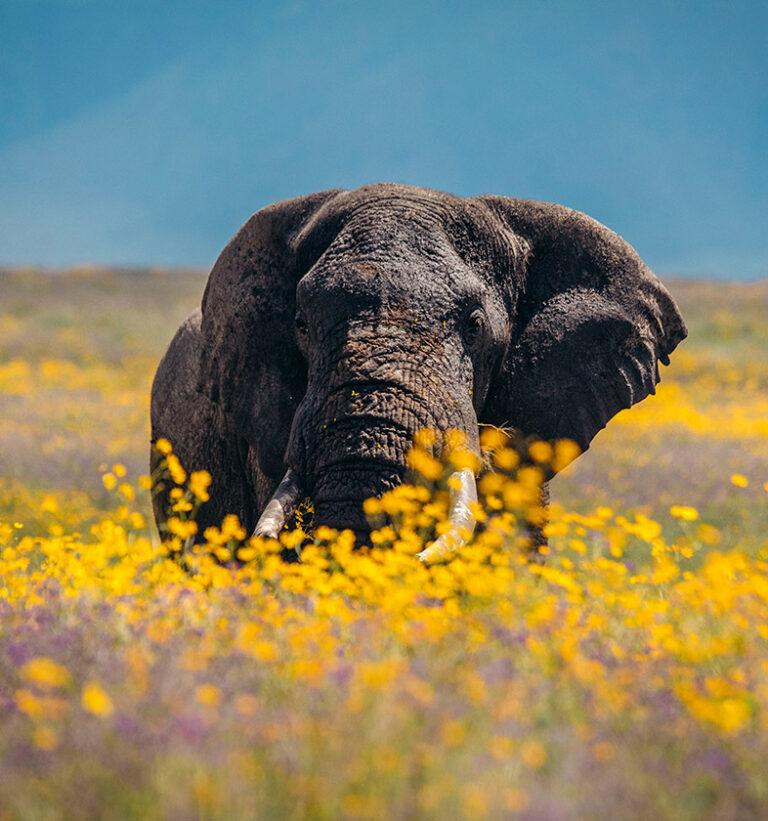
Different Seasons
Depending on the season, vegetation changes the parks dramatically.
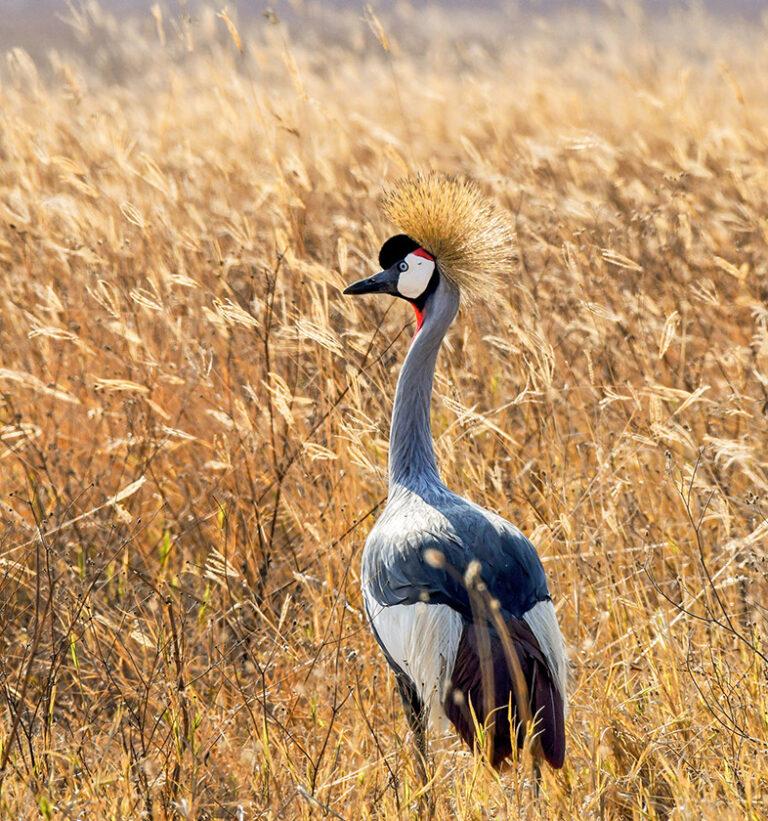
Bird Photography
Tanzania is an excellent destination for bird photography.
Tanzania Photo Safaris Faq
A photography safari is a guided tour focused on capturing wildlife and landscapes through photography. It often includes specialized vehicles, expert guides, and opportunities to get close to wildlife in their natural habitats.
Essential gear includes a DSLR or mirrorless camera, multiple lenses (telephoto and wide-angle), extra batteries, memory cards, and a sturdy tripod. Don’t forget lens cleaning supplies and protective bags to keep your equipment safe from dust.
The best times for photography vary by location. Generally, the dry season (June to October) offers excellent wildlife visibility, while the wet season (November to May) is great for vibrant landscapes and migratory birds.
Yes, some top parks for photography include Serengeti National Park, Ngorongoro Crater, Tarangire National Park, and Lake Natron. Each offers unique wildlife and stunning landscapes.
Yes, with a private guided safari, you can get closer to wildlife while ensuring safety. Your guide will know the best locations and times to maximize your photographic opportunities.
Photography hides are specially designed structures near waterholes or animal paths that allow photographers to observe and capture wildlife from a concealed position, providing an unobtrusive way to take close-up shots.
Many photography safaris offer workshops or guidance from experienced photographers. You can also ask your guide for tips on composition, lighting, and animal behavior to enhance your skills.
Yes, as long as you follow your guide’s instructions and maintain a safe distance from wildlife. Always prioritize your safety and the safety of the animals.
Accommodations range from luxury lodges to mobile camps and tented camps, often located close to wildlife areas. Some may offer photography hides and easy access to prime shooting locations.
Consider the time of year, the specific wildlife or landscapes you want to capture, your photography skill level, and whether you want a guided or self-driven safari. It’s also important to budget for gear, accommodations, and permits.
